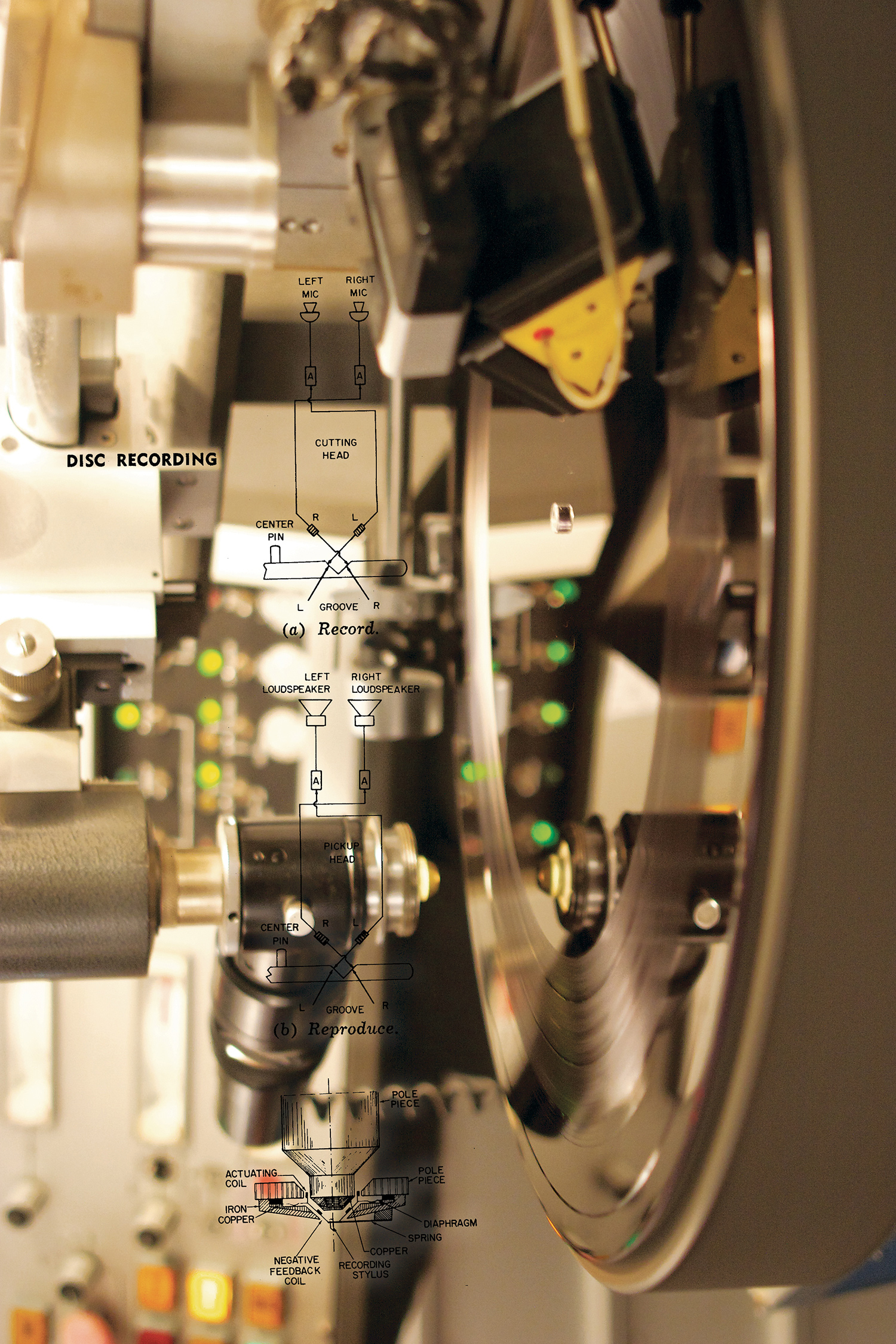Black Lion Audio, based in Chicago, started out as a "hot-rodding shop," modifying equipment by other manufacturers to improve the sound quality. After gaining traction in the upgrade business, the company slowly built up a catalog of its own designs, including digital master clocks, mic preamps, and even a matched ADC/DAC pair.
The Sparrow ADC mkII and Sparrow DAC are stereo converters, each 1RU-high and half-wide. A connecting kit can be used to mount them side-by-side in a standard 19'' rack. Front panel appearance and layout of each are similarly clean, clear, and to the point.
Both units offer digital interfacing via AES3 (XLR) and S/PDIF (RCA and optical). The ADC mkII includes a word clock output, so it can be used as the master clock in a digital chain, and a WC input in case an outboard master clock is used. However, the DAC does not include a WC input. The analog interface to the ADC mkII is via XLR balanced connectors. The DAC's output is also via XLR balanced connectors, and consumer-level RCA outputs are also included.
The front panel of the Sparrow ADC mkII has a toggle switch for power and rotary switches for choosing between the WC input or standard frequencies of the internal clock (up to 192 kHz). Next is a pair of tri-color LED signal indicators, followed by a pair of four-position input level switches (-10, -3, +4, and +11 dBu), one for each channel. In my testing, these four input levels offered enough range to cover consumer-level gear, modern professional outboard processors, and vintage tape machines built to drive real-deal 600 Ω lines up to several volts peak level.
The Sparrow DAC's front panel is very sparse. There is a power toggle, a three-way rotary input selector (S/PDIF, optical, AES3), a headphone volume knob, a headphone jack, and pushbutton mute switches for line and headphone outputs. There is an LED indicating digital sync, but no readout indicating the sample-rate.
BLA's reputation for high-quality audio is upheld by these devices. The Sparrow ADC mkII allows for a range of input levels, and it puts out digital audio free from distortion or noise. The resulting audio data is detailed (includes the low-level details from the source, in their proper places in the stereo soundstage) and what I will call "firm-bottomed" (not bass-hyped but definitely not bass- shy). I detected a slight emphasis of wide-left and wide- right sound, and a very slightly thinned dead-center, compared to some other ADCs at my disposal. As far as input material, the Sparrow ADC mkII particularly shined with punchy, percussion-heavy stuff. It did not muddy up the details of orchestral music, and it seemed to convert every ounce of bass information, which may or may not be your preference.
The three-color LED signal indicators are too vague to be useful when it's critical to both get maximum level printed to digital and also avoid clipped peaks or other fuzz. The LED first starts to light green at -60 dBFS, becoming brighter until -12 dBFS, where it then turns amber. At -3 dBFS, the LED goes red. In my mind, that is too vague a substitute for calibrated, detailed metering, something that every competing ADC that I studied offers. To my thinking, this is a major weakness in a professional setting. Accurate level reading is key to getting good recordings.
In my testing, I tended to use conservative input trim levels, and the LEDs stayed mostly green and amber. Peak levels tended to be below -6 dBFS, which is fine for most 24-bit applications. In cases where I make a straight transfer or do mild processing not likely to affect peak levels, I like to record at slightly higher levels to maximize resolution. This is not an issue when the ADC includes high-resolution, accurate metering.
All of that said, it can be argued that modern DAW software should suffice as the reference meter. Perhaps, but then it's worth discussing the Sparrow pair's lack of USB, FireWire, or Thunderbolt connectivity. Yes, most Mac computers include digital I/O via mini-TOSLINK (somewhat hidden inside the 3.5 mm audio jacks), or you could integrate the Sparrow converters with your DAW using any of the countless interfaces that include AES3 or S/PDIF support. But, most competing ADCs and DACs include USB connectivity. At the price level of the BLA units, I consider this a feature deficit.
The Sparrow DAC offered high quality, high-fidelity analog sound at its output. It too was not bass-shy by any means, but neither did it sound boomy nor bloated. I played back various music from CDs, as well as numerous digital files of various resolutions via a Peachtree Audio asynchronous USB to S/PDIF interface. Not once did I consider the Sparrow DAC's sound quality to be "stereotypically digital" or "glassy harsh." To my ears, there is a solid, analog stage after conversion, capable of driving pro-grade equipment without noise or distortion. While this is to be expected in a pro-market DAC costing $2000, BLA's execution is superb.
My major criticism of the Sparrow converters doesn't involve build or sound quality. Both of these units are solid, professional-grade, digital-audio products, with all-metal cases, dead-quiet power supplies, and sturdy switches and knobs. Sound-wise, both produce a detailed soundstage, quiet background, and full representation of the audio spectrum (although both impart a bass-highlighted quality to the sound). On the other hand, if you're comparing the BLA units to others on the market solely on features versus price, they aren't a great value. Benchmark Audio, Lavry Engineering, Mytek Digital, Burl Audio, Dangerous Music, and Lynx Studio Technology all offer pro-grade, stereo converters with more features, including higher-resolution metering and more flexible connectivity. If sound quality is your highest priority, I would recommend listening critically to these units and to the Sparrow converters to determine which ones you prefer sound-wise, and then you can decide if any of the feature-set compromises can be ignored.




_disp_horizontal_bw.jpg)